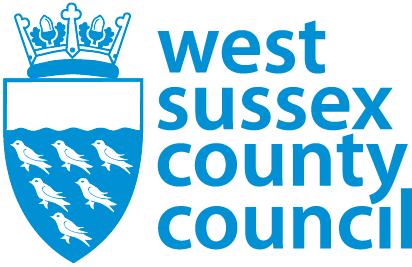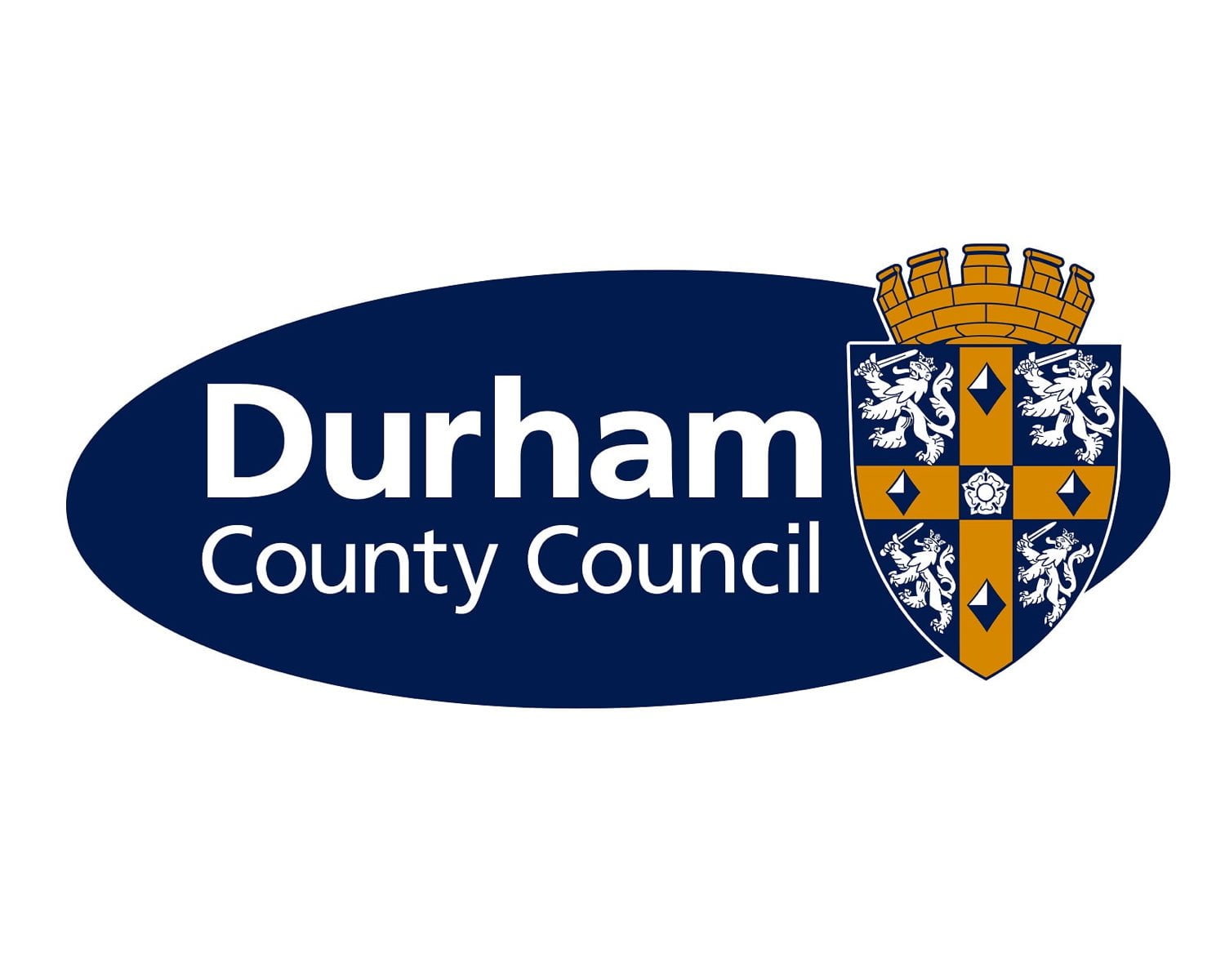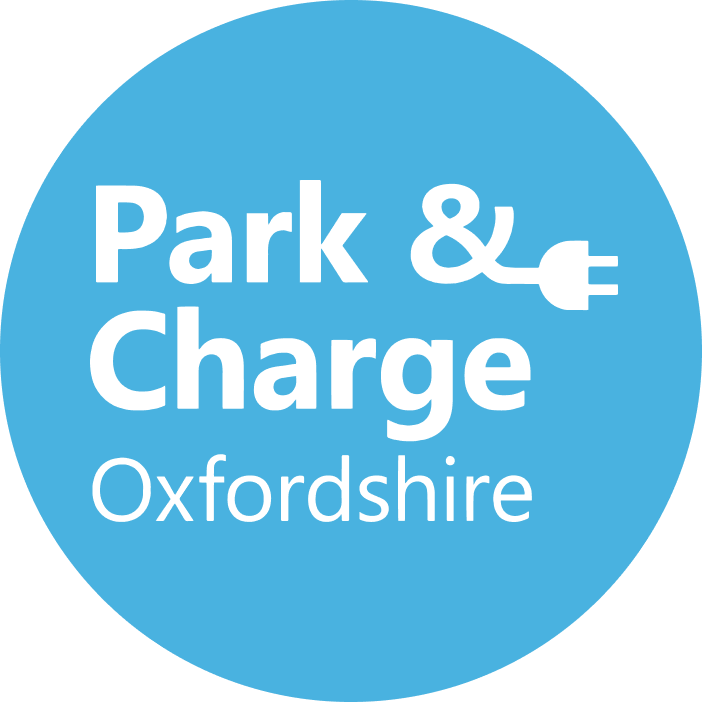Portfolio approach
To ensure that not only profitable sites come forward, but also sites where individuals and communities need chargepoints but where they are less commercially viable (likely to be more rural communities), the council required a that ‘portfolio approach’ be taken to delivering the countywide network.
This solution requires the revenue from more commercially viable sites to support the delivery of less commercially viable, but socially critical sites, across the county, with transparency concerning financing and profit to ensure oversight that this was being delivered.
Partnership approach
The EV Strategy committed the county council to enabling a charging network that uses public and community land. Partners were key to this. It chose to focus the initial partnership building with the higher tier authorities and approached all of the district and borough councils within the county to see if they would be interested in moving forward together.
Six of the seven districts and boroughs – Adur, Arun, Crawley, Horsham, Mid Sussex and Worthing – joined the partnership.
The contract was structured so that in addition to WSCC and the partner authorities, other organisations can access the framework, including parish and town councils, social housing providers, community groups, faith groups, village halls, schools and non-for-profit community landowners and public entities.
Funding and revenue share
The partner organisations intend to maximise the available government funding; currently the Office for Zero Emission Vehicles (OZEV) On-street Residential Chargepoint Scheme (ORCS). Once chargepoints are installed, Connected Kerb will take responsibility for ongoing servicing and maintenance of all charging infrastructure.
The contract includes provision for partners to receive a revenue share based on the kilowatts used. This will be distributed in proportion to the number of chargepoint sockets on each landowner’s property, regardless of the performance of the chargepoint on an individual landowner’s property.
The tender does not specify an exact number of chargepoints to be delivered. It only requires that the network delivered by the successful bidder meets the need of residents.
Network planning
WSCC considered going to market with a fully developed network plan, but decided against it for several reasons:
- Producing a detailed plan for the county, factoring in all community and highway land, would have been a significant and resource intensive exercise, when resources were not available.
- Suppliers said that they run their own analysis and test site feasibility, effectively repeating the work.
- Through supplier engagement it became clear that different operators viewed and assessed attractive and commercial sites very differently, and WSCC was very keen to protect its portfolio approach principle.
It was specified that the supplier would use their market expertise and work with local authority partners to develop a network plan that meets their commercial requirements, but also reflects the community need and portfolio approach that is integral to success. This also meant that no ORCS money was secured in advance of procurement.




